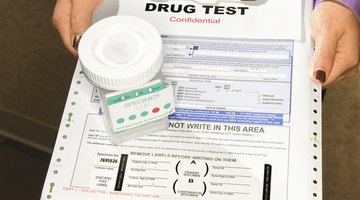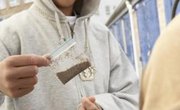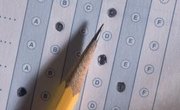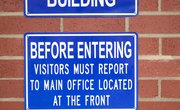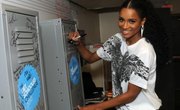A growing number of schools in the U.S. are drug testing students in hopes that it will curb student drug use. The majority of these policies target student-athletes or participants in extracurricular activities, and on both sides of the debate, many questions remain: Is student drug testing an invasion of privacy? How prevalent are drug-testing policies in U.S. schools? Does research show that these policies work? A look at the facts provides a clearer picture about the benefits and problems associated with student drug testing.
History
In the early 1990s, many school districts began to look into drug testing as a way to curb student drug use, which led to two U.S. Supreme Court cases involving student privacy. The court upheld the constitutionality of drug testing student athletes in 1995, and in 2002, the court expanded high school drug testing policies to include all students who participate in a competitive extracurricular activity. In those rulings, the court stated deterring student drug use was more important than privacy.
Does It Work?
The majority of research suggests that drug-testing policies don't lead to any -- or only a slightly modest -- decrease in student drug use. One ground-breaking study, conducted by the University of Michigan in 2003, found that schools with drug-testing policies had slightly higher rates of student drug use. At schools with drug-testing policies, the study found that 21 percent of students were using drugs, compared to 19 percent at schools without policies.
A study by the National Center for Education Evaluation confirmed those results. Another recent study, conducted by the University of Pennsylvania, found that policies didn't stop male students, and drug testing only worked as a deterrent for female students in schools with positive student-teacher relationships and clear rules.
How Common Is It?
According to a 2008 study from the National Drug Abuse Institute, about 14 percent of schools had drug testing policies. The study found that of the districts with drug-testing policies, almost all tested athletes, and 65 percent targeted all students in extracurricular activities. Further, more than one-quarter of those schools drug tested all students, which is outside of the court's recommendations. The 2011 University of Pennsylvania study -- which used a limited student sample -- pegged the number at 27 percent.
Costs
As more districts face budget cuts, the cost of drug testing can be hard to overcome. The average drug test costs between $15 and $35, and at high schools administering tests to all students, the costs add up quickly.
The New Jersey State Interscholastic Athletic Association drug tests 500 students athletes at a cost of $100,000 each year, according to a "New York Times" report. Other programs, including the Florida High School Athletic Association and the Illinois High School Association, have run drug testing programs in the past; both cost $100,000 to test 600 and 650 students, respectively.
Related Articles
References
Resources
Writer Bio
M.H. Davis is a writer based in San Francisco. He has worked for newspapers in Wyoming and Colorado and covered environmental issues for NewWest.net. Davis also writes a weekly blog for Edutopia.org.

